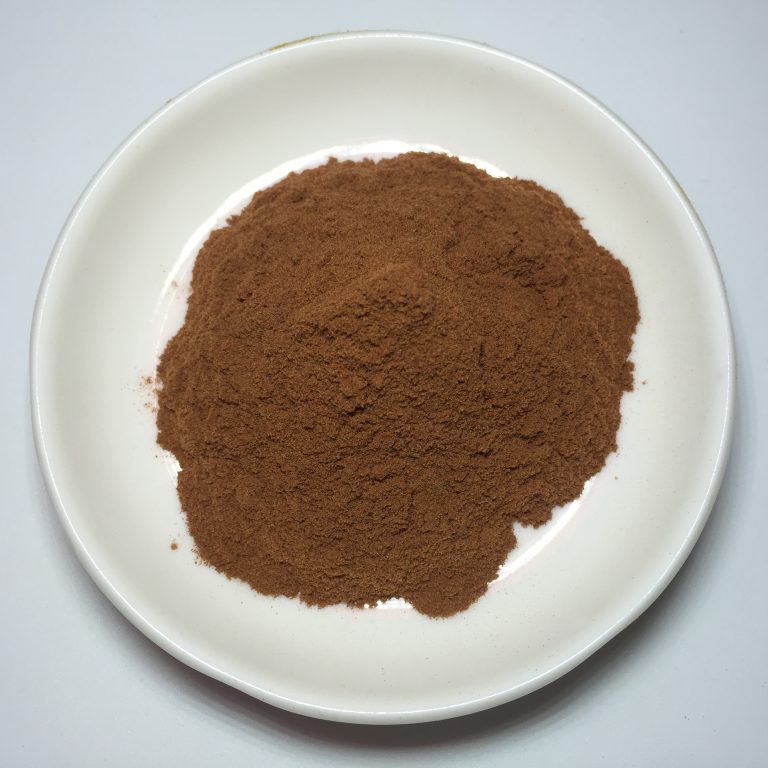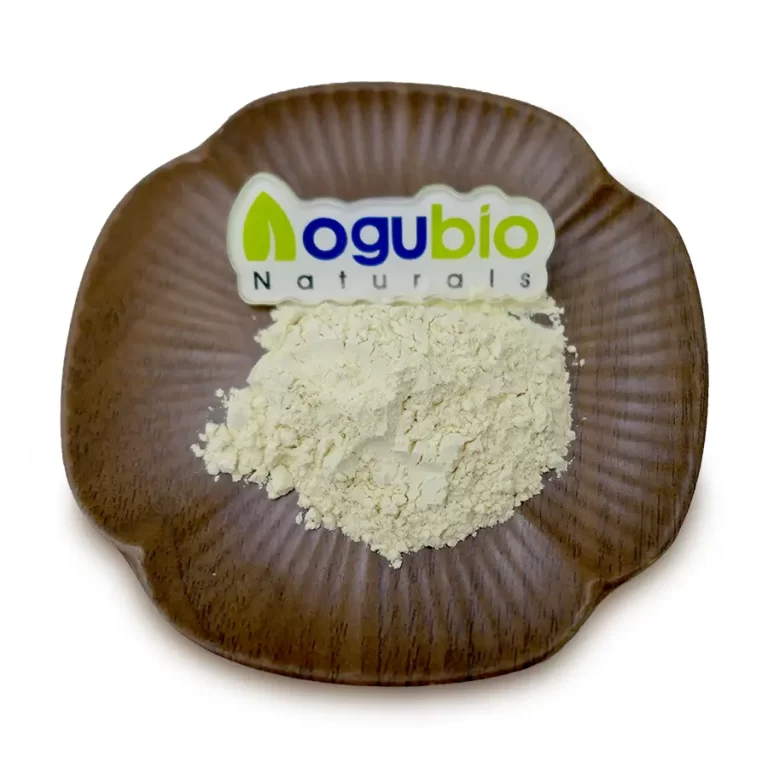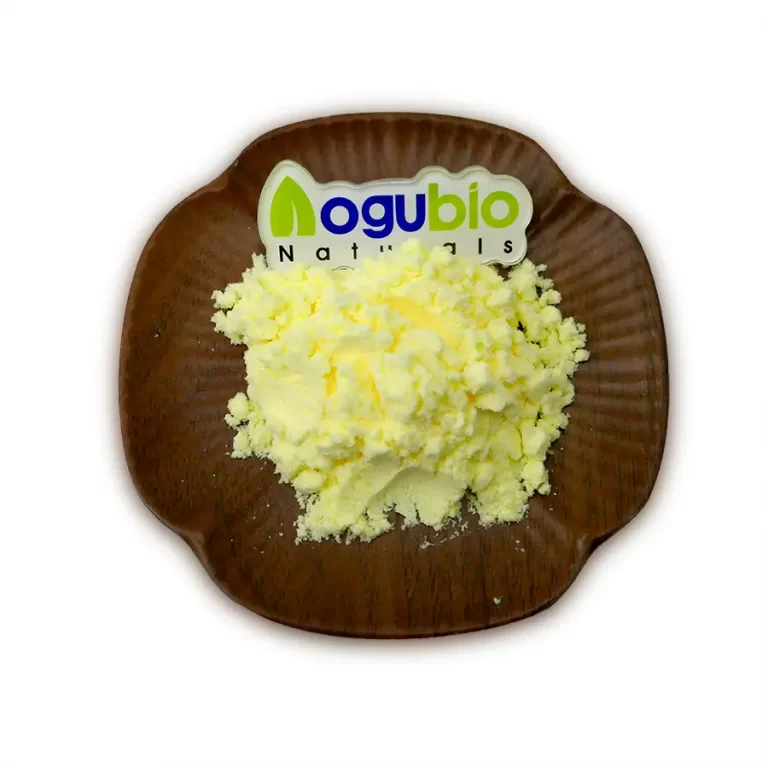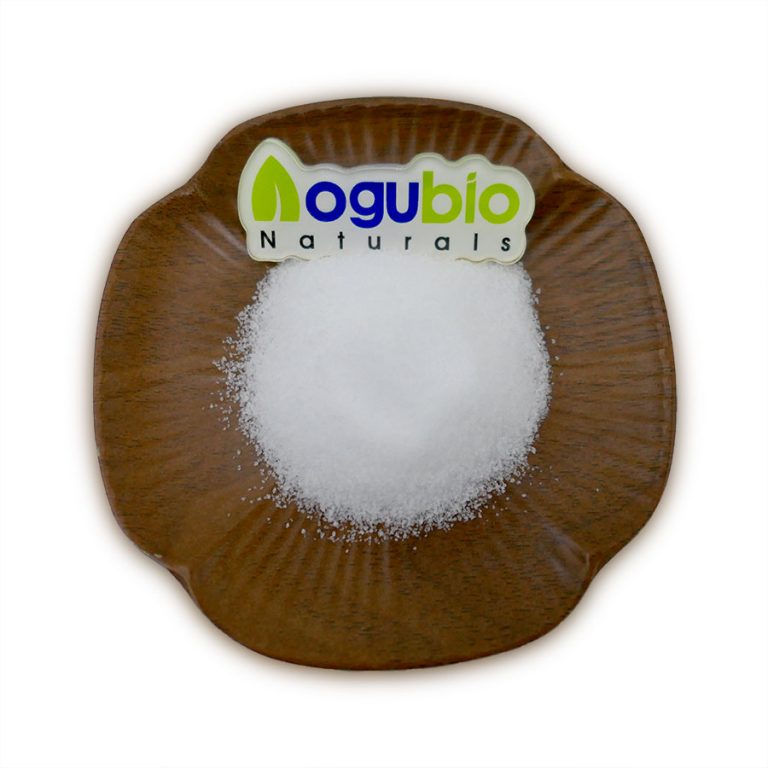What Are Essential Oils? How Do Essential Oils Work?
2018-08-23

What Are Essential Oils?
They’re made from parts of certain plants like leaves, herbs, barks, and rinds. Makers use different methods to concentrate them into oils. You may add them to vegetable oils, creams, or bath gels. Or you might smell them, rub them on your skin, or put them in your bath. Some research shows that they can be helpful, if you know how to use them the right way. Always check the label and ask your doctor if you’re not sure if they’re OK for you to use.
Essential oils are most commonly used in the practice of aromatherapy. They are either inhaled through the nose or mouth, or rubbed on the skin.
They can occasionally be ingested, although this approach isn’t always safe and is not recommended.
The chemicals in essential oils can interact with your body in a number of ways.
When applied to your skin, some plant chemicals are absorbed.
It’s thought that certain methods can improve absorption, such as applying with heat or to different areas of the body. However, research in this area is lacking.
Inhaling the aromas from essential oils can stimulate areas of your limbic system, which is a part of your brain that plays a role in emotions, behaviors, sense of smell and long-term memory.
Interestingly, the limbic system is heavily involved in forming memories. This can partly explain why familiar smells can trigger memories or emotions.
The limbic system also plays a role in controlling some unconscious physiological functions, such as breathing, heart rate and blood pressure. Some people claim that essential oils can exert a physical effect on your body in this way.
However, this has yet to be confirmed in studies.

Here’s a list of 10 popular essential oils and the health claims associated with them:
- Peppermint: Used to boost energy and help with digestion.
- Lavender: Used for stress relief.
- Sandalwood: Used to calm nerves and help with focus.
- Bergamot: Used to reduce stress and improve skin conditions like eczema.
- Rose: Used to improve mood and reduce anxiety.
- Chamomile: Used for improving mood and relaxation.
- Ylang-Ylang: Used to treat headaches, nausea and skin conditions.
- Tea Tree: Used to fight infections and boost immunity.
- Jasmine: Used to help with depression, childbirth and libido.
- Lemon: Used to aid digestion, mood, headaches and more.
10 Benefits of Essential Oils
1.Stress Relief
2.Antidepressant Capacity
3.Increase Memory Capabilities
4.Boost Energy Levels
5.Speed Up Healing and Recovery
6.Alleviate Headaches
7.Powerful Sleep Aid
8.Enhance Immune System
9.Pain Relief
10.Improve Digestion
There are Some Essential Oils We Supply
| IMAHERB BIOTECH- Essential Oil | ||
| Email: [email protected] | ||
| Product Name | ||
| Lavender Oil | ||
| Lemongrass:Cymbopogon citratus | ||
| Peppermint:Mentha piperita | ||
| Spearmint:Mentha spicata | ||
| Pennyroyal:Mentha pulegium | ||
| Ylang Ylang:Cananga odorata | ||
| Pachouli:Pogostemon cablin | ||
| Lemonbalm:Melissa officinalis | ||
| Sage: Salvia Officinalis | ||
| Juniper:Juniperus Communis | ||
| Cinnamon:Cinnamomum zeylanicum orCinnamomum cassia | ||
| Sandlewood:Santalum Spicatum | ||
| Clove:Syzgium aromaticum | ||
| Ginger: Zingiber Officinale | ||
| Eucalyptus: Eucalyptus Globulus | ||
| Gardenia: Gardenia jasminoides | ||
| Jasmine: Jasminum Sambac orJasminum grandiflorum | ||
| Blue Lotus : Nymphaea caerulea | ||
| Pink Lotus: Nelumbo nucifera | ||
| Rose Petal: Many species | ||
| Oregono:Origanum Vulgare L | ||
| Basil Sweet: Ocimum BasilicumCedarwood: Cedrus DeodoraCitronella: | ||
| Cymbopogon NardusClary Sage: Salvia Sclarea | ||
| Indian Frankincense – Boswellia Serrata | ||
| Grape fruit seed oil | ||
| Citrus Racemosa or Citrus paradisi | ||
| Lemon | ||
| Rosemary | ||
| Tea Tree (Australian) – Melaleuca AlternifoliaThyme | ||
| Satureiodes CossVanilla – Vanilla French | ||
| Wintergreen – Gaultheria Procumbens |








 Imaherb China manufacturer supply Apple Extract Powder
Imaherb China manufacturer supply Apple Extract Powder Imaherb China manufacturer supply Apigenin Powder 98%
Imaherb China manufacturer supply Apigenin Powder 98% Imaherb Factory supply Alpha Lipoic Acid Powder CAS 1077-28-7
Imaherb Factory supply Alpha Lipoic Acid Powder CAS 1077-28-7 Imaherb Factory supply Alpha GPC Powder CAS 28319-77-9
Imaherb Factory supply Alpha GPC Powder CAS 28319-77-9 Imaherb Factory supply Alliin Powder 98% CAS 556-27-4
Imaherb Factory supply Alliin Powder 98% CAS 556-27-4 skype
skype Sales Manager
Sales Manager Rebekah
Rebekah Rachel
Rachel Miranda
Miranda Camilla
Camilla
 Sales Manager
Sales Manager